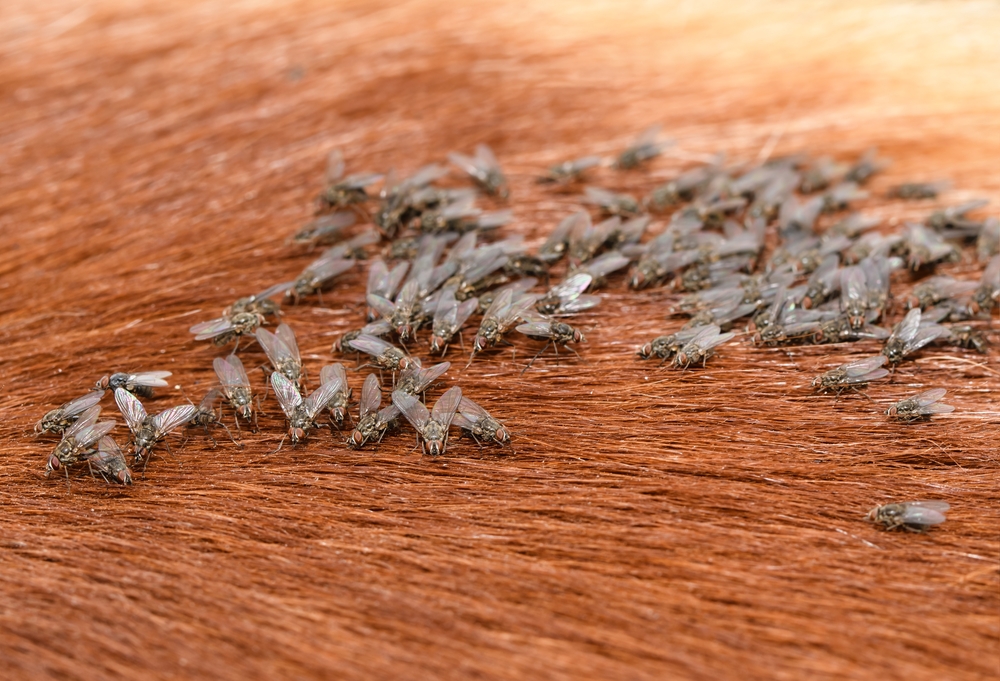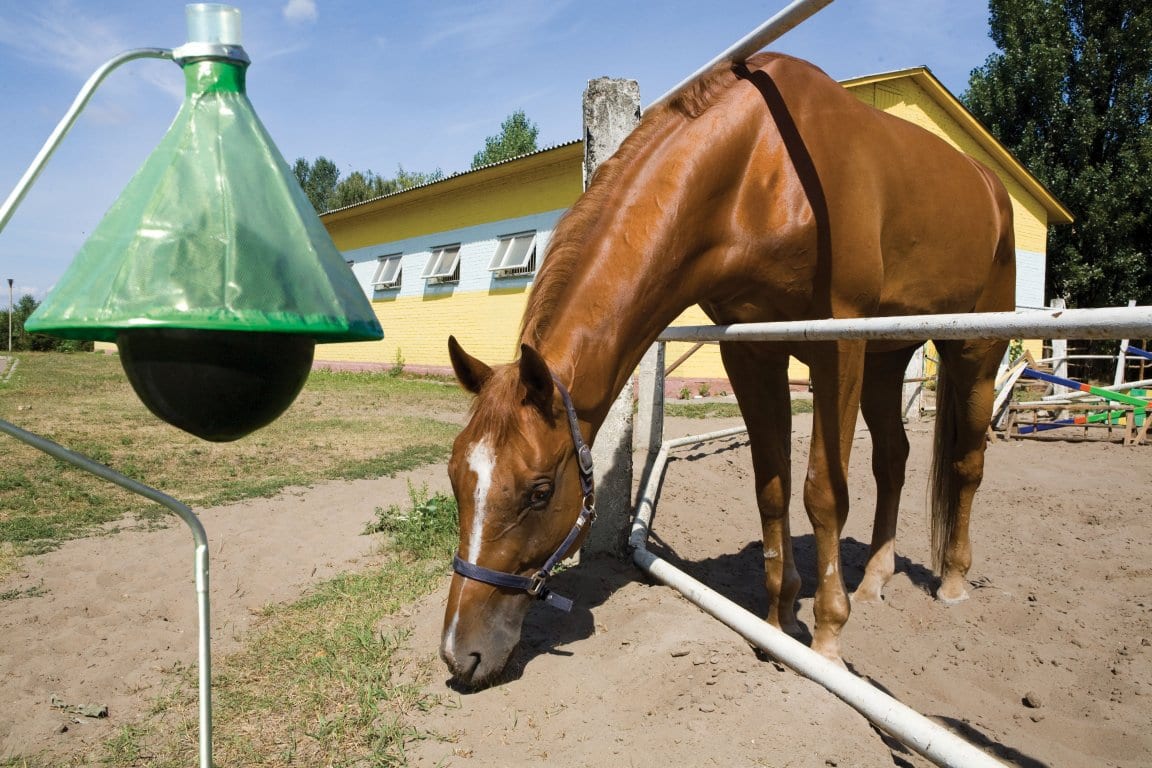Tuesdays with Tony
Before I get started, I have to share a distressing interaction I had last weekend. A client was at the clinic with an emergency, and while the doc was working on her horse, the client asked me if I was still writing my blog, because she hasn’t seen it on Facebook lately. I’ll tell you the same thing I told her: Stop right now, scroll down to the purple box at the bottom of the page, and put your email address in there so you’ll get my blog every Monday. Facebook doesn’t employ a single cat, so they can’t be trusted to deliver important things like this blog. Or anything else, really. Over 3,000 people read my cat wisdoms every week, but only about 650 of you are subscribed. That’s reckless living, if you ask me. I’ll stop writing for a minute so you can go subscribe without missing anything.
…
…
…
Okay, on to other business.
Dr. Lacher recently became a published academic author with the book, Pests and parasites of horses. She’s pretty much famous now. Well, she already was, what with the podcast and the YouTube videos, but now it’s a trifecta. I asked if she would autograph my copy and she said yes, so that made for a good day. I’m not sure how, as a cat, I’m going to read the book, but it will make a nice place to nap. Since it’s getting warm out, and the bugs are moving from low-level annoying to full-on Florida crazy, I thought I’d take this opportunity to chat with you humans about bug facts, fiction, myths, and legends.
What Bug Do You Have?
This seems like an easy question. For example, flies. We have flies, the black kind, you know the ones that are around horses, and every picnic basket. Not so fast! Even with your average-looking fly, there are a bunch of options! To start with, there are stable flies, house flies, and lesser house flies. Then add latrine flies, horn flies, canyon flies, and face flies.
They all basically look the same, but if you want to get rid of them, you’re going to need different things to attract and catch them. If you have a pest bugging you, catch it. Don’t eat it like I do. Save it. No matter the type of bug, this will allow you, or your friendly neighborhood bug expert, to identify the critter so you’re targeting the right thing.
Where Does It Live and Breed?
Now that you know what kind of bug you have, you can target where more of that bug is made. Maybe. We’ll get to that. Targeting where bugs breed is the best way to manage numbers since adult bugs don’t live very long, no matter what they are. If there aren’t any babies, there aren’t any replacements, and adult numbers will go down fast! This works well for things like stable and house flies. These guys live near manure, or wet areas with lots of organic debris (think end of the wash rack).
Identifying these locations and targeting them for treatment will make your fly problem go down in a hurry. However, this isn’t always possible. Sometimes it’s the neighbor sending bugs your way, or for some bugs, it’s simply impossible to control where they breed. For example, horn flies (see picture) need cow manure to breed, but they can then fly 5 miles to get to your horse and annoy them. You won’t be able to manage their breeding grounds unless you can control where the cows poop in a 5-mile radius around your farm.

Gnats, those tiny bugs that everyone HATES, are also the worst when it comes to breeding ground management. Gnats like “sandy soil with an organic component.” In other words, any horse farm where horses poop, or eat hay, or generally add organic things to the soil. I will refer back to the previous section again. Start with, what bug do you have? so you know where to start.
Straight-Up Killing Them
Okay, you’ve got something like gnats where you can’t manage breeding grounds, so death to the bugs is the route to take. Once again, let’s start with what bug do you have? Let’s go horse flies and other big ol’ biting flies like deer flies. Knowing that the bug you’re combatting is horse flies or deer flies helps you know how to attract them to their death. These kinds of bugs like dark things that move a bit if possible. This means those dark beach ball-looking things with a net around them (see picture of one you can buy from Horse-Fly-Trap.com) will sway in the breeze, attracting the bugs who will then fly into a catch container and die. This doesn’t work for mosquitos, gnats, or bot flies. This is why you always have to start with, What bug do I have?
Don’t Touch Me!
So, we can kill the breeding grounds, and we can kill the adults, but what if neither of those works well? For example, with mosquitos and gnats, there’s just too many of the things, and they can breed just about anywhere! You simply can’t kill them all. This is where you have to go with repelling and avoiding.
Again, know what insect you have, so that you have the right repellant and avoidance tactic. For example, mosquitos have preferred times of the day. If these are your problem, keeping your horse inside or in a different area for certain times of the day can massively reduce their exposure. If you think that repellant didn’t last long to keep mosquitos away, you’re right. There isn’t a repellant available that keeps mosquitos away for more than a few hours. There are, however, a wide variety of fly sheets on the market, and these work well to keep all manner of pests away from your horse just by having one on.
They have an added benefit: you can spray these with long-acting fabric permethrins and repel bugs for even longer. Fly sheets and masks have an additional added benefit of coming in a wide variety of fun colors and patterns so that your horse can be bug free and a fashionista. Win-win!
A Word on Repellants
Okay, more than a word. If you’ve often thought that fly spray doesn’t work, you’re right. It really doesn’t work for long. Fly sprays (some) work great to temporarily repel bugs while you ride, or while your veterinarian works on your horse, or the farrier does their feet. None of them work well for hours and hours. Also, some bugs, like horseflies, don’t even acknowledge the existence of a repellent because they don’t find their prey that way.
Know what doesn’t work? Barn fly spray systems. They only cause the flies to fly away while the spray is going, and it allows them to learn how to resist the chemicals in the sprays by showing it to them multiple times per day. Oh, and also, do you want to spray chemicals in your horse’s face all day, everyday? I’m putting a link here to a fun article by the other Dr. Erika, Dr. Erika Macthinger, about fly sprays and which ones worked the best.
If you want the too long, didn’t read answer for the study: EcoVet fly spray did way better than anything else! Pro Tip: use a tanning mitt to apply it, rather than spraying it.
And Another Word on Feed-throughs
I hear my Docs get asked about this on a regular basis. In the United States, there are a few feed-through fly control options. These can be a great way to manage flies if you simply can’t fully control the breeding grounds. Resistance can form to these products as well, so they work best in a full-on fly killing program.
Bugs are super annoying. I like to chase the odd house fly here and there. Any more than that and I’m checking in with my minions about pest management. Speaking of my minions, my Docs, and particularly Dr. Lacher, can help you manage your Pests and Parasites of Horses problems. Give the Clinic a buzz and they’ll set you up an appointment. Then you, your horses, and, most importantly, your cats, can be happier!
Want to purchase an amazing resource for pest management? Here’s the link to buy the book.
Sources I’m close to say it’s fantastic.
Until next week,
~Tony
P.S. There’s a pretty good video over on my YouTube Channel about managing flies. As a matter of fact, there are a lot of good videos there. Make sure you subscribe to the YouTube Channel, now that you’re subscribed to my blog. All of this amazing horse knowledge will make you a better horse owner, and that makes my life as a Clinic Cat easier. Everybody wins!
Tuesdays with Tony is the official blog of Tony the Clinic Cat at Springhill Equine Veterinary Clinic in Newberry, Florida. If you liked this blog, please subscribe below, and share it with your friends on social media! For more information, please call us at (352) 472-1620, visit our website at SpringhillEquine.com, or follow us on Facebook!
[jetpack_subscription_form title="Subscribe to Whinny's Wisdoms"]


